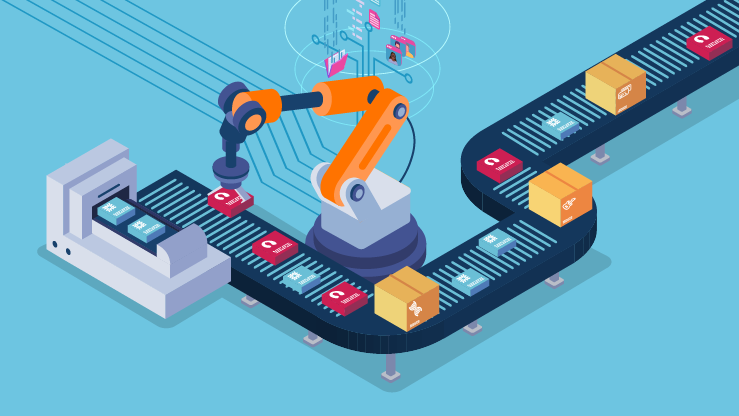Earlier this year, more than 1,000 musicians made headlines not for what their album sounded like, but for what it didn’t. Titled “Is This What We Want?”, the silent album was a bold protest against proposed changes to UK copyright law that could make it easier for AI developers to use creative content for training AI models without the rights holder’s permission, unless they explicitly opt out.
This highlights a growing fault line in the creative industries. As GenAI tools advance, they’re not just changing how art is made but are surfacing points of contention: are artists being exploited, who owns machine-made content and what value does that content hold versus human creativity?
GenAI and IP rights: A silent protest with a loud message
The protest album delivers its message with 12 silent tracks, each titled with a word that collectively spells out: “The British Government Must Not Legalise Music Theft To Benefit AI Companies.” It’s a stark warning. Independent musicians already face an uphill challenge to monetize their work, and the burden of navigating new legal frameworks, monitoring usage and enforcing rights would fall hardest on those with the fewest resources. Many of today’s creatives may find their livelihoods unaffordable. Meanwhile, larger creative firms like major record labels may be better equipped to defend their rights thanks to dedicated legal teams, but even they aren’t immune. The proposed changes are likely to affect the industry at every level, challenging even the bigger players to adapt.
On a different note, the silent album also poses the question of whether machine-made content holds the same value as human-made work. Should we be placing greater worth on the human touch? Think of picking up a mug in a shop and spotting a sticker that says "hand-painted". You know it will cost more, but you may also be more likely to buy it because it feels personal, crafted and unique. As AI-generated content floods the market, we may need to re-evaluate how we measure value—not just in economic terms, but in cultural and emotional ones too.
We’re without much legal precedent to date, but it’s clear AI development and adoption is set to only increase. New use cases are emerging constantly, rapidly changing the IP risk landscape. It was just two years ago that Hollywood ground to a halt with the writers’ strike, where creatives feared the increased integration of AI tools into production would reduce job openings and ultimately impact careers across film and TV. More recently, the rap industry experienced a headline-hitting feud between Drake and Kendrick Lamar, with the former accused of featuring AI-generated vocals of the late Tupac Shakur without the permission of his estate. With AI still in its infancy and the regulatory landscape still taking shape, it can feel like nothing is off the table.
Navigating GenAI: Regulations, ownership and the IP impact
In an era where algorithms can mimic human creativity at speed and scale, the rules are changing fast. Different regions are adopting different stances, with the UK pushing to make the country a hub for AI innovation and the US currently taking a state-by-state approach. Meanwhile, the EU is aiming to promote safe, responsible innovation through the AI Act—the first comprehensive regulation of its kind.
Then there’s the question of ownership. AI tools lack legal personhood, so they can’t hold IP rights themselves. This leaves AI-generated content in a legal grey area. At the same time, only works classed “original” qualify for copyright protection—another grey area, given AI outputs depend on vast datasets of pre-existing content.
While no one can say exactly how this will play out, AI is becoming foundational to how we create, work and live. For musicians, creative businesses and indeed any entities with IP, a comprehensive insurance policy tailored to IP risks is fast becoming a must. At CFC, we closely monitor AI innovation and claims to broaden our cover. With no exclusions to AI-related exposures in our products, we offer not just protection but invaluable peace of mind in a landscape where the rules are in flux.
Ready for the latest insights on how AI is transforming risk, from regulatory shifts to real-world business impact? Sign up now to receive exclusive content and early access to expert analysis.



